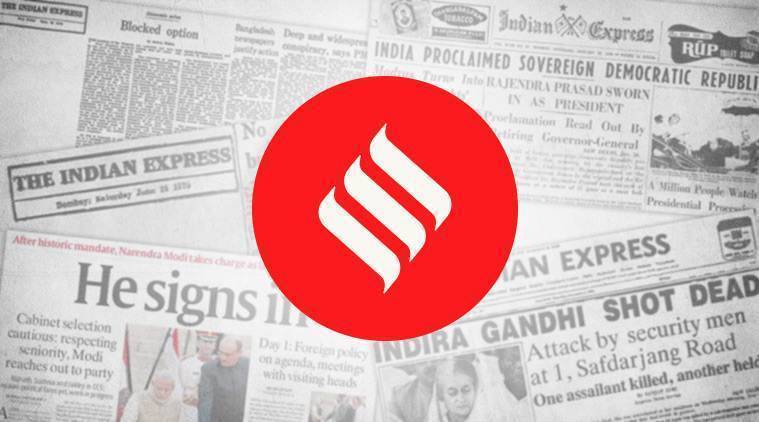 For now, the Ghani-Abdullah patch-up means one less conflict in Afghanistan, when a surge in violence by the Taliban and the steadily advancing coronavirus have created chaotic conditions in the country.
For now, the Ghani-Abdullah patch-up means one less conflict in Afghanistan, when a surge in violence by the Taliban and the steadily advancing coronavirus have created chaotic conditions in the country.
At least one war has ended in Afghanistan with the agreement between President Ashraf Ghani and the rival claimant of victory in the recent parliamentary elections, Abdullah Abdullah. It is an important moment. It shows that the complex questions in a power-sharing agreement can be resolved without leaving a trail of of destruction, by simply talking, and with some give and take on both sides. The long standoff between the two leaders, at a time when democracy in Afghanistan needed to show its best side, has caused its share of damage.
It took two months after the Afghan election commission declared Ghani the winner. Abdullah had contested and demanded a recount. He had been firm that unlike the last time, when he was persuaded by then US Secretary of State John Kerry to accept the position of “CEO” under Ghani’s presidency, this time he would not be party to a power-sharing deal. But a way was found, peacefully. Ghani will remain president, Abdullah gets no formal position in the government, but gets to nominate half the cabinet, and will also lead the talks with the Taliban if and when they take place, as the chairman of the High Council of National Reconciliation.
For now, the Ghani-Abdullah patch-up means one less conflict in Afghanistan, when a surge in violence by the Taliban and the steadily advancing coronavirus have created chaotic conditions in the country. As of May 19, Afghanistan had over 7,600 cases. A ceasefire, had the Taliban agreed to one, could have helped in formulating a better public health response. Instead, the number of attacks and violent incidents has only increased after the February 29 pact between the US and the Taliban on the withdrawal of US troops. According to the UN Assistance Mission in Afghanistan, the Taliban were responsible for 208 civilian casualties last month, 25 per cent more than April 2019, while in the same period, 172 civilian casualties were caused by the Afghan security forces, an increase of 38 per cent over last April. Even health facilities, the most crucial public good in the time of a pandemic, seem no longer off limits. Last week, gunmen entered a maternity hospital in Kabul and killed 24 people including new born babies, mothers and hospital staff, and on the same day, the suicide bombing at a funeral in Nangarhar, seemed like a preview of what is to follow in Afghanistan. On Tuesday, there was an outbreak of heavy fighting in Kunduz between the Taliban and the Afghan forces. If there is a glimmer of hope in all this, it is not visible yet.